Are you a freelancer? a blogger? an aspiring entrepreneur? a startup founder? owner of an established brand? or just someone that wants to share a message?
This guide is for you.
So what is a target audience?
People who are interested in a brand’s offerings, solutions, products, and services. Or in other words, potential customers.
This should be any brand’s main goal, reaching out to its target audience. It’s the most basic rule for success in business.
It doesn’t matter if you create the best products or offer the best services in the world. Unless someone is interested in your offerings, listens, watches, and reads what you do, say, produce, and write, you can’t expect to be successful in the highly competitive marketplace.
If you are not targeting the right kind of people that actually need your solutions and offers you will be wasting time, energy, resources, and money.
In this guide, we’ll discuss how to identify and reach your target audience and what you need to do once you’ve accomplished that.
Let’s dive right in!
Identify and Reach Your Target Audience
Starting Out
These are the questions you need to find answers to at the beginning of your quest in targeting the right people.
What specific market segment do you serve? Who are your ideal customers? What do you know about them?
What problems and difficulties do they face in their daily lives? What are their goals? What are their ambitions, aspirations, needs, and wants?
How your target group of people discovers products in your niche and industry? Where do they hang out (online and offline)? Are they members of special groups, networks, forums, and communities? Who do they follow? Who are they influenced by?
It’s crucial to have answers to these questions so we can further tailor our messaging, the way we approach an audience and come up with ideas to address their needs and wants.
Customer Avatars
We define our target audience by creating customer avatars or in other words, buyer (consumer) personas.
We use characteristics and attributes like age, gender, location, occupation, level of income, goals, values, challenges, problems, needs, objections, and others.
By doing so, we start understanding our target audience better, we get insights into the way they think and behave and their interests.
The next step is to focus on the people who are most likely interested in our offerings so we can turn them into leads, paying customers, and then into repeated customers and eventually, promoters of our brand.
People buy products based on their emotions but they also justify their buying decisions with logic.
To get people’s attention, we need to speak to their emotions with our messaging.
But we should also provide logical arguments and facts that clear up any rejections and fears they have.
Market, Competition, and Keyword Research
It’s time to analyze the market and the competition.
What are the latest trends? What products are in high demand and why?
What keywords do online shoppers use to find solutions and products?
What products does the competition offer? How are they different from yours? Is it the price, the quality, the design?
Can you spot deficiencies and cover them with new products?
Is it the advertising, the way they communicate with buyers? the marketing language they use?
Can you differentiate your marketing approach to stand out from the crowd?
By researching and analyzing this data we may be able to discover hidden opportunities in the marketplace, recognize unsatisfied groups of people, and we are gaining insights into the competition.
Marketing & Advertising
Now that we know more about our ideal customers, the market needs, and competing brands, it’s time to spread our messages to reach our target audience.
Marketing is the way to let people know we exist so they can try our products.
It’s the mainspring of any business. It’s the difference between brands that thrive and brands that get forgotten.
Marketing and advertising will give you momentum, will help you reach your target audience, and convert them into leads, and then paying customers and customers for life.
We can either chase and interrupt potential customers with our marketing messages (outbound marketing) or we can attract them and let them find us by sparking their interest (inbound marketing).
We can use online and offline channels and a host of marketing strategies and approaches.
Branding
Invest in branding. And I don’t mean hiring out celebrities the minute you release the first product in the market.
Invest in a beautiful and professional website. It’s all about your visitors, prospects, and customers. It’s about creating a memorable user experience. Think of a website as a storefront. Would you enter a brick and mortar shop that is dirty, ugly, or look abandoned?
It’s the first impression and we humans value first impressions so much. 94% of website users’ first impressions are design-related. It only takes 0.05 seconds for users to form an opinion about your website.
It builds trust and reinforces your marketing message. It keeps visitors in and engaged. It helps you tell your stories in a compelling and entertaining way.
Invest in product design. Differentiate your product line and provide a sense of professionalism and high-quality.
The appearance of a product influences consumer product choice in several ways.
Based on a literature review, six different roles of product appearance for consumers are identified:
(1) communication of aesthetic, (2) symbolic, (3) functional, and (4) ergonomic information; (5) attention-drawing; and (6) categorization.
Get a logo, produce business cards, brochures, and flyers.
Create a unique selling proposition to position your products and features and differentiate them from the competition.
More importantly branding is about:
Creating a unique brand identity, communicating your beliefs, values, and standards, and expressing a brand’s vision, creating a buzz around your brand, creating a loyal fan base.
It’s also about consistency in behavior, customer service, marketing communications and material.
Branding is caring about customers, feel their pain and problems, expressing empathy.
Branding is authority, owning a market share, having a mindshare lead in a segment.
Content
Everything starts with creating useful, relevant, and informational content that educates, inspires, and entertains.
Content serves as the basis for both outbound and inbound marketing objectives.
It’s a marketing strategy we use to attract, educate, nurture, and retain a targeted audience by planning, producing, and distributing relevant and valuable content in various formats through multiple channels, platforms, and media on a consistent basis.
The goal is to build awareness, trust, credibility, and authority and drive customer action by adding value at every stage of the buyer’s journey and convert prospects into customers, loyal fans, advocates, and promoters of a brand.
We communicate our brand’s standards, values, expertise, and vision and address customers’ problems, needs, and wants.
Formats:
There are various formats we can use either as-is or in combination:
- Blogging (articles, news, lists, guides, discussions, storytelling, answering questions, reviews, comparisons, controversial topics)
- Web pages (home, about, FAQ, etc) landing pages (products, services, events, etc), opt-in pages, members areas, and other
- Videos (tutorials, how-to’s, product presentations, product commercials, reviews, announcements, testimonials, launches, promotions)
- Audio (podcasts, lessons, books, article narrating, interviews, commercials)
- Webinars
- Online events (virtual conferences, bootcamps, training workshops)
- eBooks, WhitePapers, Reports, Research
- Courses (free and premium)
- Email newsletters
- Case Studies
- Customer success stories/testimonials
- Visual (infographics, charts, images & galleries, banners, gifs, maps, etc)
- Interactive content (quizzes, polls, surveys, contests, questionnaires)
- Curating content of related sources and brands
- Manuals and guides, Product sheets
- Statistics
- Print material, Print newsletter
- Postcards, Magazines, Brochures, flyers
- QR codes
- Live in-person events (seminars, workshops, speaking)
- and more
Blog
Brands that don’t utilize a blog department are missing out on an enormous opportunity.
A serious blog with how-to’s, tutorials, informational articles, pillar guides, listings, comparisons, reviews, customer stories and testimonials, case studies, research, and so much more, can make a huge difference in your business.
The blog opens up doors and leads to connections, relationships, engagement, and can be served as a money-maker.
With a blog, we can attract potential customers at various stages of the buying cycle. From awareness to consideration, to purchasing decisions, and beyond.
You begin a dialogue with them, they are getting their questions answered, and they give you valuable feedback you can use to create new products or improve your existing product line.
Potential customers that are familiar with our content, are most likely to proceed with a purchase.
The blog can be proved as a helping hand for your sales team as well.
Did you know that 71% of B2B buyers consume blog content during a purchase?
%
B2B buyers that consume blog content during a purchase
Source: LauroMedia
Search engine optimization and marketing
Search engine optimization complements and amplifies content production.
Search engines reward content that addresses people’s issues and provides answers to their questions. They also reward continuity and quality.
Traffic from search engines is the most targeted traffic we can get, it’s golden traffic.
People use these engines to identify solutions to problems, cover their needs, and also compare brands, products, and services.
With SEO we target the right people at the right time utilizing specific keywords they use, ie. the moment they are ready to purchase a product.
No other advertising channel can get us closer to people in a specific set of mind.
We also use search engine marketing (paid advertising) to push our marketing messages on the search engine results pages in order to speed up our results.
By investing in SEO and SEM we build awareness, authority, and credibility, we target the right people at the right time, and we also earn mentions, shares, and backlinks from other online properties that increase our trustworthiness in the competitive marketplace.
Related:
Direct Response Marketing/Copywriting/Paid Advertising
Direct response is a marketing approach where we use messages and campaigns to motivate people to take some kind of action.
Direct response marketing is about asking for a response from consumers in contrast to branding, where we communicate a brand’s values, beliefs, standards, and building its image over time.
Think of direct response as a call-to-action, a brand’s offer.
To make content and paid advertising work, you must create compelling ads that speak to the groups of people you’re targeting and also take into consideration the channel that is going to be used.
Copywriting is key here. Copywriting is about writing persuasive marketing messages, materials, and advertisements that motivate and propel people to take action.
You need to get people’s attention.
You need to trigger their emotions and help them justify their buying decisions with logic, examples, guarantees, and more.
One of the best ways to utilize copywriting is through emotional storytelling.
Also, copywriting will help you increase your conversion rates once visitors click on your ads and are redirected to your landing pages.
Email Marketing
Email marketing goes hand in hand with paid advertising.
Email has been around for almost 40 years and still is the most valuable asset for the majority of companies, entrepreneurs, and organizations. When people subscribe to a mailing list they give permission to the owners of those lists to communicate with them on an ongoing basis. Imagine email subscribers as your fans, just like with sport team fans. Fans may promote your brand willingly with no other incentive than they love what you do and want to share it with the world.
To hook people to our mailing list we need first to offer something valuable in return.
You can utilize email marketing to engage with your audience, to answer questions, and give advice. Imagine email as a way
You can use email to conduct surveys, polls, and quizzes. You can collect those data and opinions in order to create your next big product or service. You can additionally send email messages to promote your new blog posts, or to announce the launch of a new membership section. You can advertise your products, and promote other companies’ products, or you can share any other marketing material like newsletters, big announcements, promos, coupons, discounts.
With email marketing, you stay connected with loyal fans and customers, and often times you can sell repeatedly to those people.
In business, there is a saying…” It’s far less expensive to keep current customers than to acquire new customers”…or maybe you’ve heard the quote … “Make new friends, but keep the old, one is silver, the other gold”.
Respect your email subscribers and treat them properly, give them more, make them feel like they are a special part of your company, and they are special. It’s OK to overdeliver on your promises, everyone loves receiving more than they expect. With emails, you can do that very effectively.
You only have to take care of a few basic things.
You want emails to feel personal and not commercial. People hate being sold to, they want to be educated and buy normally without any push or hard sell. If you only send out emails that are blatant promotions expect people to unsubscribe from your list. Because everyone hates spamming.
Try to add value to the conversation and don’t forget to ask questions so that you know what your subscribers really want. You can even send emails that are very personal announcing important events in your life, or just to entertain your fans with photos of you with your family, or partners. Try to be social with emails, you don’t want to sound like a robot.
As your email list grows your website’s reach is growing too. No one can take your email list away from you. It’s an asset, a very valuable one, and it helps you diversify your traffic resources. You can’t just rely on search engines, social media, or forums.
But remember, email subscribers won’t happen if you don’t have a website with valuable content to attract the right people.
Guest Posting
Now that we know our competition and we are aware of other online properties, websites, forums, and communities our target audience uses to hang out we can deliver content to these platforms.
When we guest post on other websites, we expand our reach, become more credible, trustworthy, and authoritative.
We may also earn links, get our brand name mentioned, and our guest content shared and distributed by others.
We offer valuable advice, tips, and showcase our expertise and we begin a dialogue to let people know we are interested in their challenges and that we are a brand that does not care only about money. We are problem solvers and we pay attention to people’s feedback.
Related:
- Guest posting benefits
- Authors and contributors on WebMarketSupport
- Our free guest posting service (guidelines and terms)
Forums, Communities, Networks
We use platforms to reach our target audience and interact with them on a consistent basis, exactly where they hang out.
We comment, answer questions, and offer advice, tips, and recommendations to help our targeted group of people.
Comments are a very powerful tool for building awareness, relationships and even promoting content, but they’re underestimated or in many cases, not used properly.
We utilize blogs, social media, forums, communities, networks, and other platforms.
The goal here is to make connections with other business owners and brands, and most importantly, to answer people’s questions, to demonstrate our expertise and know-how, and interact with them in a positive and creative way.
There are communities, blogs, and forums for every niche imaginable so do your research and dive in.
Social Media
Our target audience spends time on social media, who does not really these days?
They are members of special groups and sub-communities, they discuss with their friends and network, they share ideas, experiences, and exchange gossip about brands, products they tried, and so on.
Giant social media platforms like Facebook, Twitter, Instagram, Pinterest, LinkedIn, and dozens of others attract millions of visitors on a daily basis.
We can create our own groups and private communities or participate in discussions that are already taking place.
Again, we need to show that we care and we are here to help and offer valuable advice.
No one enjoys spamming and be bombarded with links.
To stand out, try sharing other people’s content without asking anything in return. Eventually, they will reciprocate, not all of them, but just a few can make a big difference.
To speed up our results and build a list of prospects we use paid advertising.
The goal with paid ads on social media is not to sell directly (as we do with paid ads on search engines) rather than to build awareness and nurture people into our brand’s vision, ethics, and values.
Sponsorships/Advertising
When we are ready to exchange money for popularity and exposure, the only limit is our imagination.
But we have to be aware that not all sponsorships work out well and be cautious with our spending.
We can utilize ad networks and other outreach platforms to place our advertisements on various web properties beyond search engines and social media.
We may approach web property owners on our own to get advertised. Personal blogs, communities, forums, networks, and so on.
We may sponsor content (own content or let the site’s team create content for us) or just use ads in various formats (text, banners, video, other multimedia).
We may use magazines and newspapers to buy advertising space. Now that we know who our ideal customers are and what they read, we can reach them offline. Traditional advertising methods work really well for local businesses but any kind of business too if we know what we are doing.
Or we can create our own magazines.
We can even sponsor podcasts, videos, email newsletters, offline events, TV shows, radio programs, and on and on.
We can spend money on major publications like the New York Times, BuzzFeed, Washington Post, that use native advertising, if we can afford it.
If you are a startup business, it would not be wise to spend so much money on advertising yet. First, you need some momentum in the market, to prove your brand makes sales.
Related:
Influencers/Public Relations
We produce valuable content to attract influencers. Content that serves their audience. This way, we increase the chances of reciprocation.
Also, the content we produce for our brand serves as a bridge to help us connect with them. Without content, influencers can’t evaluate our worthiness.
Let me underline something important. When I say influencers, I don’t mean chasing celebrities and industry leaders.
We can do that at some point, but only if we have a strong online presence and a brand name that people recognize.
It happens very often, brands spend money on celebrities only to waste time, money and get frustrated in the process.
You can reach out to mid-level influencers with let’s say a following of 5,000 or 10,000 people.
The key here is to give first without asking anything in return. The opposite of what the majority of brands do. Just give away and watch your engagement explode.
What to give away for free? Product samples, valuable and engaging content, and anything that adds credibility. Be creative, share their content, offer to advertise them for free to your email subscribers, buy them a ticket to the favorite band or a sports game.
We can use PR professionals that are extremely valuable as they maintain relationships with journalists, influencers, editors, and media with status, visibility, and authority.
Again, first, we need to create great content before we attract PR agencies and pros.
Local Marketing
If you want to explode your reach offline and increase foot traffic to your store or facilities, you need a local marketing strategy.
You will become visible locally and you will have the chance to interact with potential customers, respond to their reviews and feedback, answer their questions, and demonstrate that you care, your expertise, and professionalism.
Direct Mail
It still works and it’s even more effective than email marketing.
Of course, it costs more than emails where the cost is almost non-existent. You have to print material or package stuff and pay for postal services. You can deliver letters, magazines, packages, brochures, and other formats.
It’s appealing, tangible, professional-looking and people enjoy physical products more than digital ones.
If you’re going to send direct mail to reach new audiences, there are ways to segment and target audiences with specific characteristics so that your message won’t be ignored.
Related:
DRTV (Direct response television)
You can create infomercials with a toll-free number people can call immediately or with a vanity URL that is easy to remember.
The length of the commercial plays a big role.
TV ads as all video ads provide a meaningful, enjoyable, and unique experience.
TV infomercials are expensive and the prices vary depending on the country, TV channel and its popularity, time spots, length, production costs, and a multitude of other factors.
You can’t target people in the way you do with other marketing channels. You may have a wider reach but how many people are really interested in your offer?
Related:
Billboards
These are large-scale print advertisements usually located in high-traffic areas, highways, and inside cities.
They generate a high volume of impressions and views, but they are very costly, depending of course on various factors such as the city or area, other ads in the area, estimated traffic, the production cost, and the construction.
Related:
Radio
This channel is old-school but it’s still very effective.
You can target certain radio or music programs to have your spoken ad spot aired in between them. You can advertise a specific landing page URL or give away a phone call number.
Related:
Print Material
Magazines, brochures, flyers, postcards, business cards, and so much more.
But how do you deliver them?
As we mentioned previously, you can use direct mail, guerrilla tactics, street promotions, and even have your employees work a few extra hours.
You can use them to announce an event, showcase expertise, and even to make money from sponsorships and advertising (in the case of magazines).
Partnerships/Joint-Ventures
If done right, partnerships give you the leverage you can use to explode your visibility and growth.
When you become visible in the marketplace, your brand is a subject for discussion. And have in mind, that other brands and business owners are always on the hunt for partners and ventures to further expand their reach.
Again, proceed by first giving away stuff and sharing valuable content to serve their audience.
For best results, try reaching out to brands that sell complementary products and services.
If you sell t-shirts, find partners that sell jackets or shoes.
You can easily advertise to their audience and vice versa.
Affiliates
What an awesome way to spread our message quickly without having to spend money on direct advertising.
We recruit 3rd party publishers/affiliates to promote our products on their online properties or even offline in exchange for commissions. We don’t pay unless a desired action is generated through the unique actions of the publishers (sales, sign-ups, downloads, etc.).
We can use ad networks as a medium, affiliate managers, or spot affiliates on our own.
This model has countless benefits for all the parties involved.
I got started online using this model and it quickly opened up a whole new world of opportunities.
But before we utilize this strategy, we need to have a track record. A product or better yet a series of products that sell.
Related:
- Affiliate marketing index (informational articles, how-to’s, guides, resources, networks, forums, and more)
- What is affiliate marketing
- Affiliate marketing history
- Affiliate marketing key benefits
- Affiliate marketing pricing models
- Affiliate marketing statistics
- Marketing publishing mastery: training to help you master every aspect of this business model
- Advertising/Affiliate networks (AZ directory and overviews)
Referrals
To earn referral business, guess what! we need to become…referable.
People refer others when they had a great and unique buying experience, the customer service was off the charts, the product or service of high-quality, and so on.
Once you know you are preferable try incentivizing people with bonuses, discounts, special offers, coupon codes, and more so they refer their friends.
Guerrilla Marketing
Here, the only limitation is our imagination. This type of marketing includes unconventional, unusual ways to market products in the market. We use interruptive strategies to push our messages in front of random people and we try to keep the budget low.
These tactics are usually applied in public, crowded places to get the attention of the masses but they work on a low-volume scale and individually as well.
The media in this section could be anything from flyers you leave in a bus station, under doors, inside of mailboxes, and any idea you can come up with. You can even share your business cards with strangers, buy someone a coffee, print messages in public toilets.
Or even create graffiti on the walls, ads on taxis, buses, public transportation, posters on the streets, at stations, airports, and all this crazy stuff.
Video Marketing
Video is the new era of engagement. It’s fast, entertaining, inspirational, and people are addicted, they consume videos like maniacs.
Video marketing is a compelling marketing strategy that can make your small business thrive and succeed in the competitive business world. By creating an engaging and informative video, you can help people resolve their problems while increasing people’s awareness about your business, as well as enhance your traffic and sales.
We can utilize the power of video channels that receive loads of daily traffic and build a community or host our content on our properties.
We can produce:
- Demo videos of products, releases, and launches
- Brand videos, commercials, mini-films, trailers
- Live Events
- Workshops
- Webinars
- Seminars
- Presentations
- Educational, How-Tos
- Live streaming, live shows
- Interviews
- Explainer videos
- Animated
- Case studies
- Product reviews
- Customer testimonials
- 360-degree or VR (virtual reality) videos
- Augmented reality
- Personalized messages
- Thank you videos
- Behind the scenes
- Vlogs
Related:
Podcasts
Podcasting is a superb medium and underutilized and can boost your visibility online faster than the other channels mentioned above. Minimum costs, instant credibility, bond with listeners, relationships with ‘Icons’ and influencers, lead and sales.
You can run your own podcasting show and appear on other people’s shows as well.
You can use podcasts to build awareness, inform, teach, entertain, intrigue, and challenge your listeners.
You can interview influencers, leaders, or even customers.
You can even consider paying for ads on other people’s shows or appearing as a guest.
Coupons/Promotional Offers/Discounts
Coupons, promotional deals, and discount offers have become the utmost part of sales. Consumers are hunting for coupon codes on brand’s websites, coupon websites like Groupon, retails, and social media platforms.
Businesses have developed their personalized coupon marketing strategies to target audiences, generate more sales, boost their conversion rates, and create a positive brand image.
Events
Throwing a great event (workshop, seminar, speaking, or even virtual conference) implies more than just finding the perfect venue, booking killer acts or organizing a great program. You have to do a lot more than that and make sure all the little pieces of the puzzle fit together.
One of the most important things you need to do is to create a perfect content marketing strategy for your event.
Create teasers, do interviews, blog about it, offer giveaways, communicate with your audience, provide a sense of urgency.
Even once your event is finished, you have to continue with your content marketing strategy. This is for the sake of all your future events and making sure your target audience realizes what they’ve missed.
eCommerce Platforms
Are you selling physical products? Are you using only your website for sales and distribution?
Why not taking advantage of platforms like Amazon to reach your audience?
These platforms welcome millions of daily visitors and you can grow a business if you know what you are doing.
The key here is getting positive reviews and also respond to every review, even the negative ones.
Products that are getting reviews are favored by these platforms’ algorithms.
Write a Book
If you’re an expert in a field, this is one of the best ways to intrigue people’s curiosity and add instant credibility to your portfolio.
What a great way to share your message, skills, knowledge, life experiences, or even your dreams and passions.
Reading is my absolute passion since I was a little kid, and so is for millions if not billions of people.
You can distribute it via book stores, online platforms, publishing companies, and other channels.
There are various formats you can use like kindle, audiobook, or physical.
I prefer the latter. It’s tangible, it’s real, I can feel it. Oh, and I can smell it too!
What’s Next?
Your job hasn’t finished when you reach out to your audience. In fact, it just has started.
Your goal now is to convert those potential customers into paying customers, customers for life, and loyal advocates and promoters of your brand.
Keep on creating useful, entertaining, and informative content and experiences to move prospects through the buying cycle.
Stay in touch with prospects and customers with email marketing, instant messages, print material, gifts, special offers, discounts, and so on.
Use the power of a sales team to increase conversions and reinforce your brand’s image by consistently investing in awesome content productions, superior customer service, building a community, keeping your promises and overdelivering, to increase loyalty and trust.
Always keep your customers’ needs on top. Be authentic and transparent, keep on adding value to their lives, and you will reap the rewards.
I believe you can!
We Teach
Marketing & Business
Live on Zoom
Your host: Tasos Perte Tzortzis
Schedule an interview so we can evaluate where you are right now, your needs and goals, and we'll give you a detailed analysis of how the workshops work
*30-Day Free Trial
Conclusion
There you have it. A whole world of opportunities for sharing your message and reaching your target audience online and offline.
But there is so much more you can do. The possibilities are endless.
Do you need help identifying and reaching out to your potential customers? Do you need help with your marketing campaigns?
Schedule a free video-call interview to help us understand where you are at your business right now, your needs and goals, and we will give you a detailed analysis of how we work. Then, we’ll create the first campaign for you for free to prove we can get you results.
That’s it, another article has finished, here on Web Market Support. I am waiting for your comments and thoughts. Till next time.

Tasos Perte Tzortzis
Business Organisation & Administration, Marketing Consultant, Creator of the "7 Ideals" Methodology
Although doing traditional business offline since 1992, I fell in love with online marketing in late 2014 and have helped hundreds of brands sell more of their products and services. Founder of WebMarketSupport, Muvimag, Summer Dream.
Reading, arts, science, chess, coffee, tea, swimming, Audi, and family comes first.


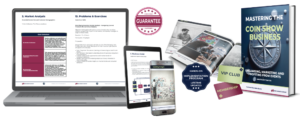
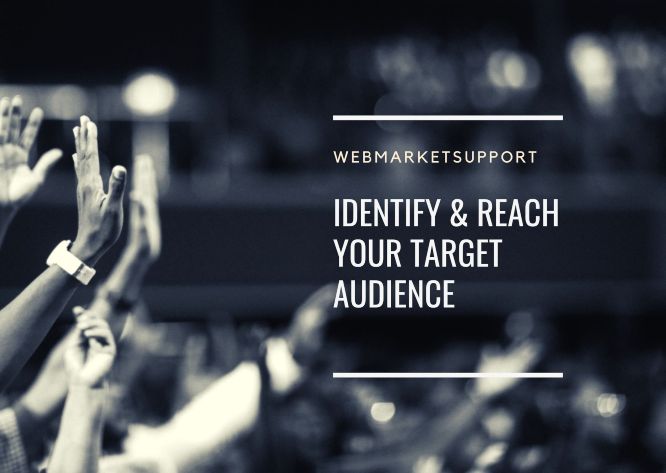

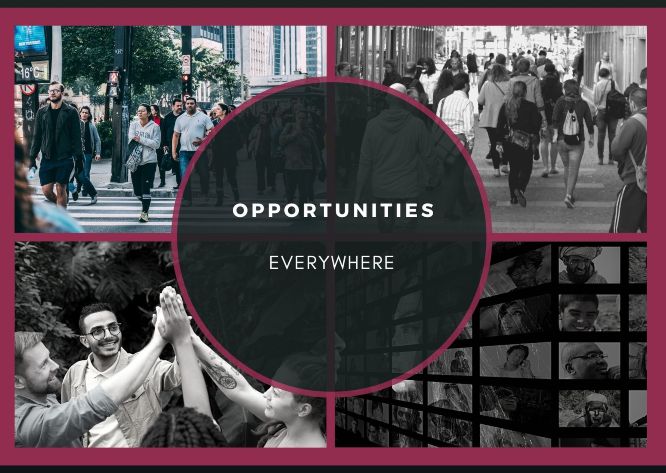

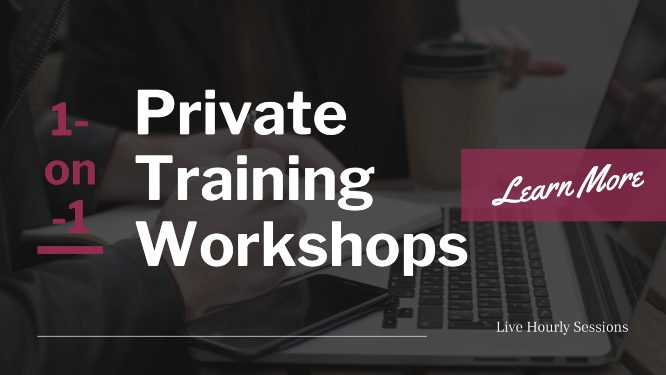


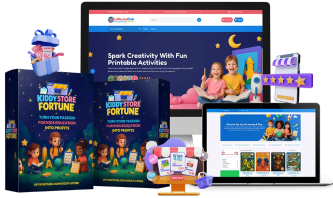

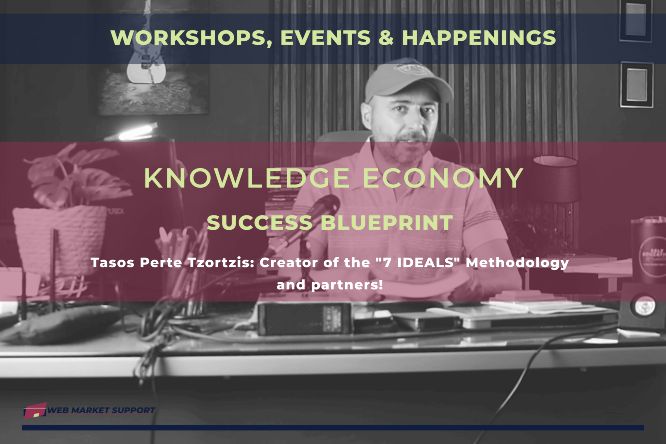
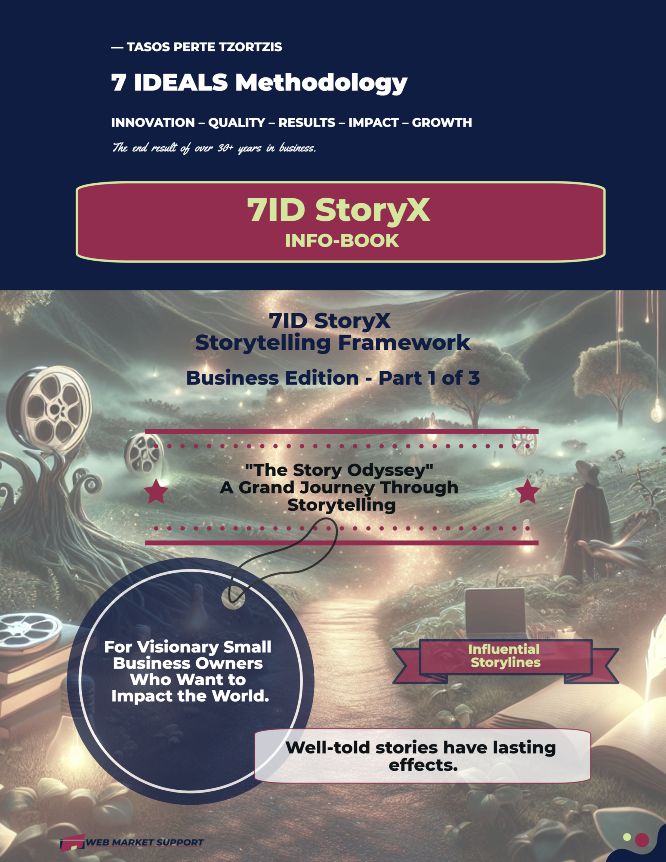
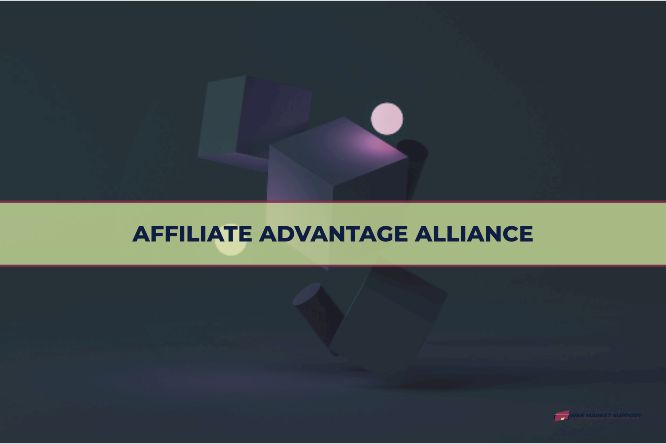

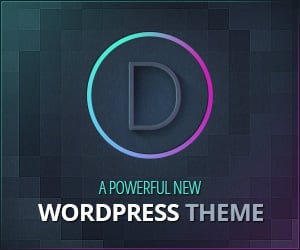

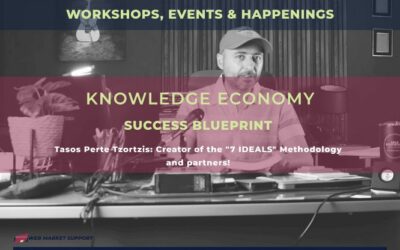
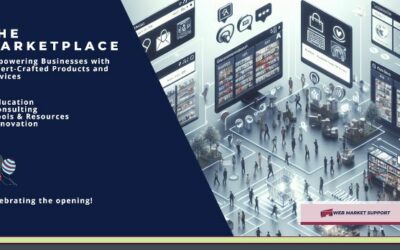

0 Comments